India is a land of diverse history, rich culture and architectural marvels. Among the most prominent remnants of its glorious past are its forts and monuments. These structures tell the tales of valor, splendor and the changing tides of time. From the majestic hill forts of Rajasthan to the grand Mughal monuments in Delhi, India’s forts and monuments are a testament to the ingenuity and creativity of ancient architects. Here's a guide to some of the most iconic forts and monuments in India that you must visit.
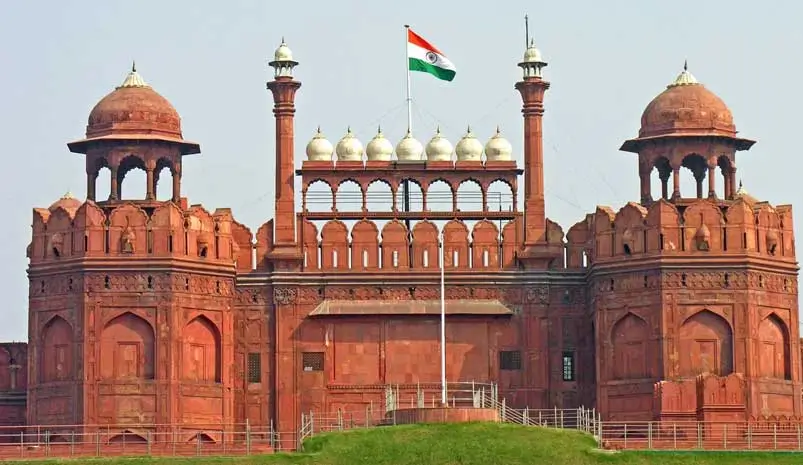
The Red Fort in Delhi is one of India’s most famous monuments and a symbol of Mughal grandeur and power. Built by Emperor Shah Jahan in the 17th century, this UNESCO World Heritage Site in Delhi stands as an emblem of India’s colonial history and its struggle for independence. The fort is constructed from red sandstone and boasts of stunning architecture with its impressive gates, courtyards, and chambers. It has witnessed significant events in India’s history, including the first war of independence in 1857. The Red Fort remains a must-visit for anyone interested in the architectural brilliance and historical importance of the Mughal era.
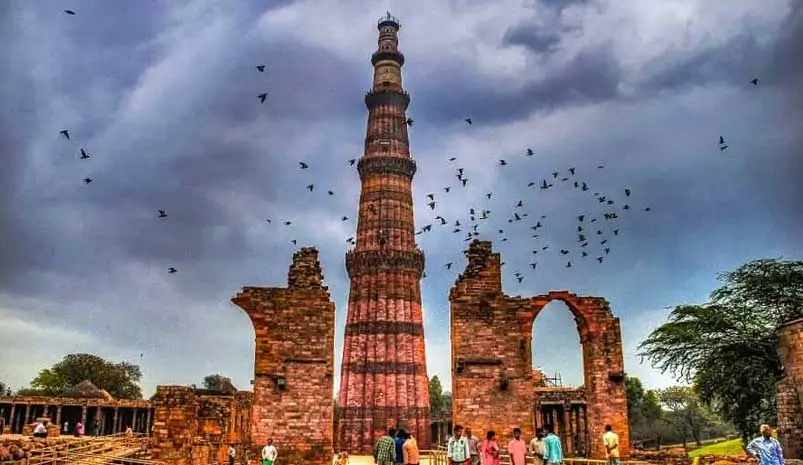
Another monumental structure in Delhi is the Qutub Minar, which stands as the tallest brick minaret in the world. Built in the 12th century by Qutb-ud-Din Aibak, the Qutub Minar is an example of Indo-Islamic Afghan architecture. The monument, made from red sandstone, is intricately carved with verses from the Quran and serves as a symbol of the rise of Muslim rule in India. Along with the Qutub Minar, the surrounding ruins of mosques and historical structures create a fascinating glimpse into the medieval period of India’s history.
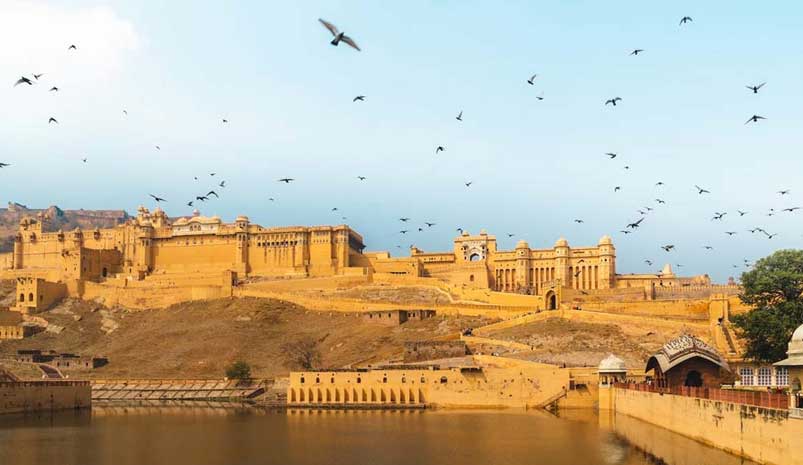
In Rajasthan, the Amer Fort in Jaipur is a striking example of Rajput architecture. Located atop a hill, the fort is a beautiful fusion of Mughal and Rajput styles. Built in the 16th century by Raja Man Singh, it features vast courtyards, intricately carved walls, and stunning mirror work. The fort is not only an architectural marvel but also offers panoramic views of the surrounding landscape, making it a favorite destination for travelers to Rajasthan. The grand halls and tranquil gardens within the fort speak of a regal past that continues to captivate visitors.
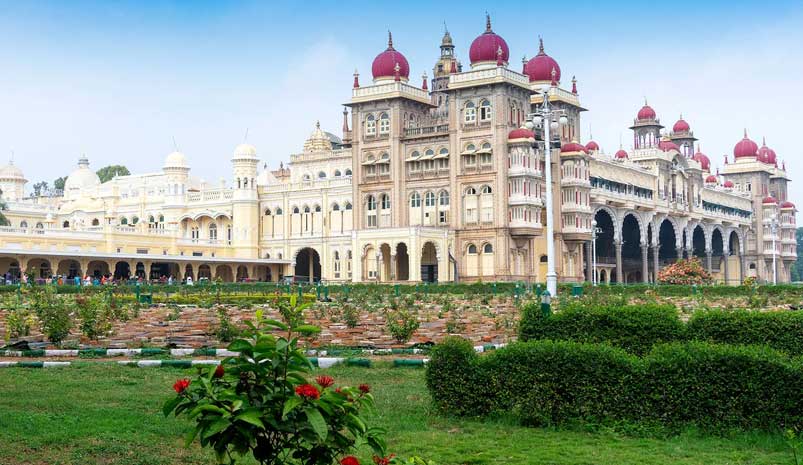
The Mysore Palace in Karnataka is another iconic monument in India. Known for its grandeur, this stunning palace blends Hindu, Mughal, Rajput and Gothic architectural styles. The palace, also called Amba Vilas Palace, was the residence of the Wadiyar dynasty, and its intricate carvings, beautiful stained glass windows, and majestic durbar halls reflect the opulence of the royal family. The Mysore Palace is particularly famous for its illumination during the Dussehra festival, when the entire palace is lit up in a golden glow.
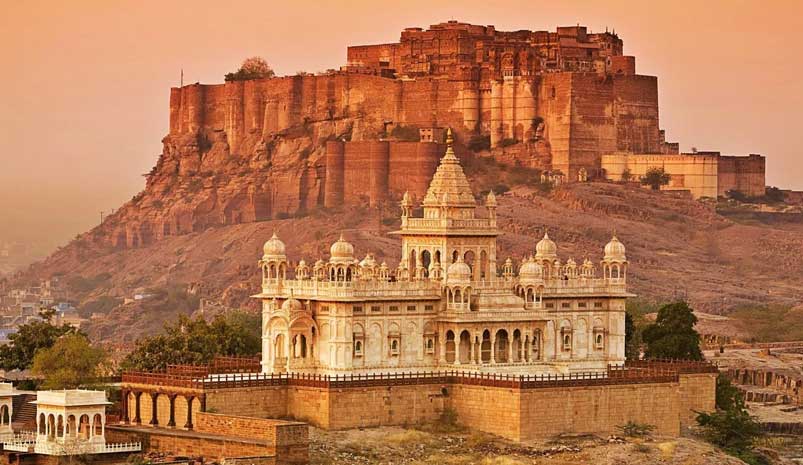
In Rajasthan’s Jodhpur, the Mehrangarh Fort stands tall as one of the largest and most impressive forts in India. Built in the 15th century, the fort is perched 400 feet above the city, offering a commanding view of the surrounding landscape. The fort’s thick walls, massive gates, and intricate carvings make it one of the finest examples of Rajput military architecture. The museum inside the fort showcases artifacts and items from the royal family’s collection, providing visitors with a glimpse into the region's rich cultural heritage.
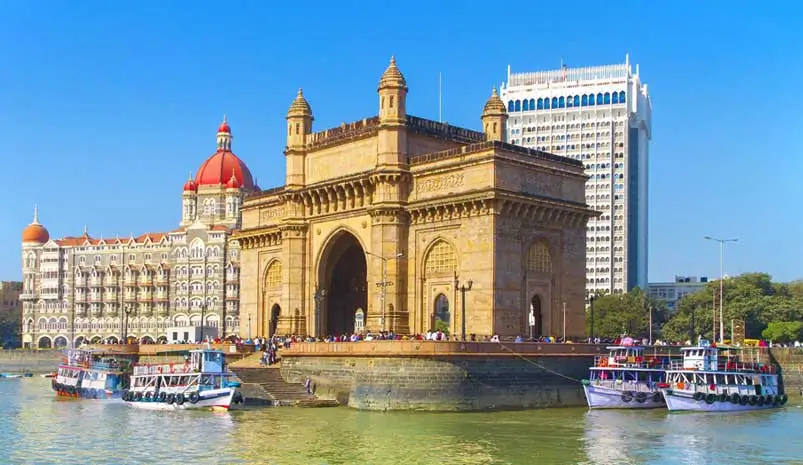
The Gateway of India in Mumbai is an iconic monument that overlooks the Arabian Sea. Built in the early 20th century to commemorate the visit of King George V to India, the Gateway of India is an enduring symbol of India’s colonial past. The structure, made from basalt, combines Indian and Islamic architectural styles, and its grand scale makes it a perfect spot for photos and leisurely walks. It also served as the departure point for the last British troops leaving India in 1948, marking the end of colonial rule.
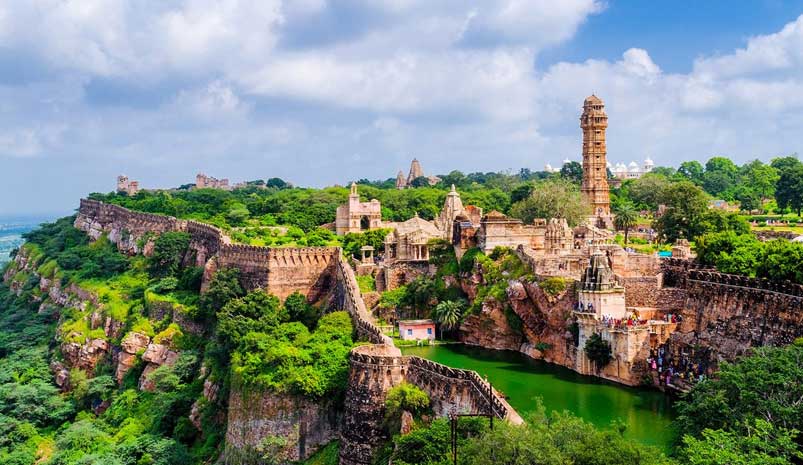
The Chittorgarh Fort in Rajasthan is one of the largest forts in India and a symbol of Rajput valor. The fort is historically significant, having been the site of several important battles, including the famous siege led by Alauddin Khilji. The fort complex is vast, with temples, palaces, and a series of gates and towers. The fort's association with Rani Padmini, who is said to have performed jauhar (self-immolation) to protect her honor, adds to its legendary status.
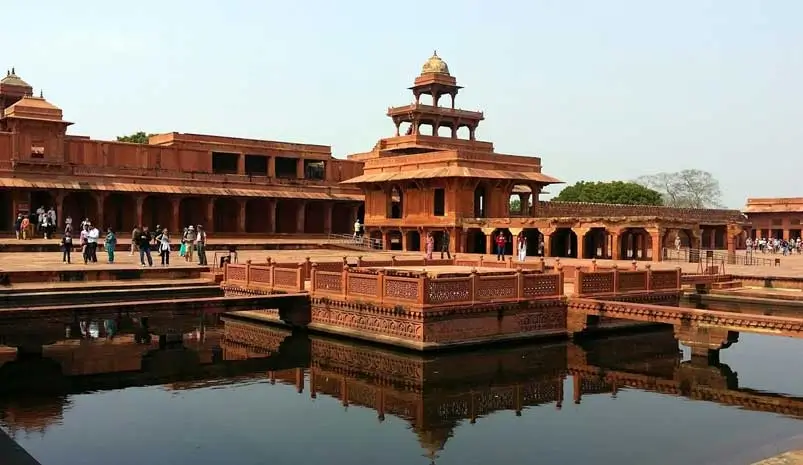
In Fatehpur Sikri, near Agra, you will find a stunning Mughal city built by Emperor Akbar in the 16th century. Fatehpur Sikri was once the Mughal capital, and its well-preserved architecture offers a fascinating glimpse into the grandeur of the Mughal Empire. Although abandoned shortly after its construction, the city’s palaces, courtyards, and gates, including the famous Buland Darwaza, remain remarkable examples of Mughal architecture and design. The city is a UNESCO World Heritage Site and a must-visit for those exploring India’s Mughal history.
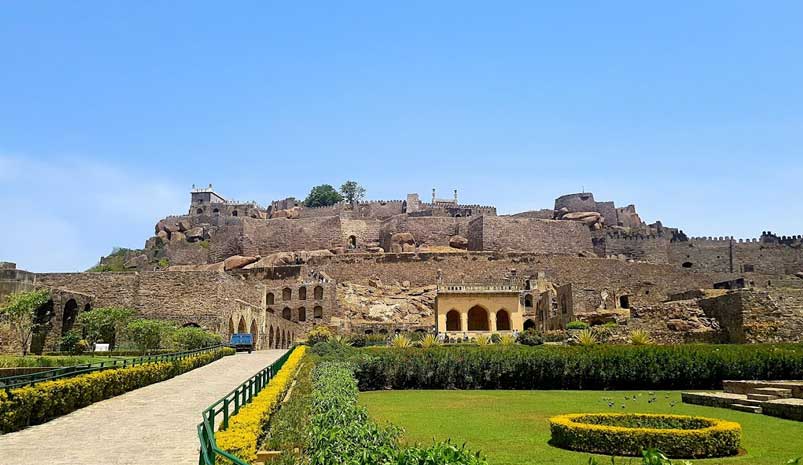
The Golconda Fort in Hyderabad, Telangana, is an imposing fortress that once protected the Qutb Shahi dynasty. Known for its advanced acoustic system, which allowed for communication across great distances, the fort’s massive gates and watchtowers are a sight to behold. The fort complex also includes palaces, mosques, and temples, and the panoramic views from the fort’s highest point are simply breathtaking.
Top forts and monuments in India stand as magnificent reminders of the country’s glorious past. Whether it’s the imposing walls of Mehrangarh Fort, the intricate carvings of the Qutub Minar, or the splendor of Mysore Palace, each of these sites offers a unique perspective into the country’s diverse history and architectural styles. From the grandeur of Rajasthan’s hill forts to the colonial legacies in Mumbai and Delhi, India’s forts and monuments are an essential part of its cultural and historical fabric. So, make sure to explore these timeless structures and discover the stories they hold within their walls.